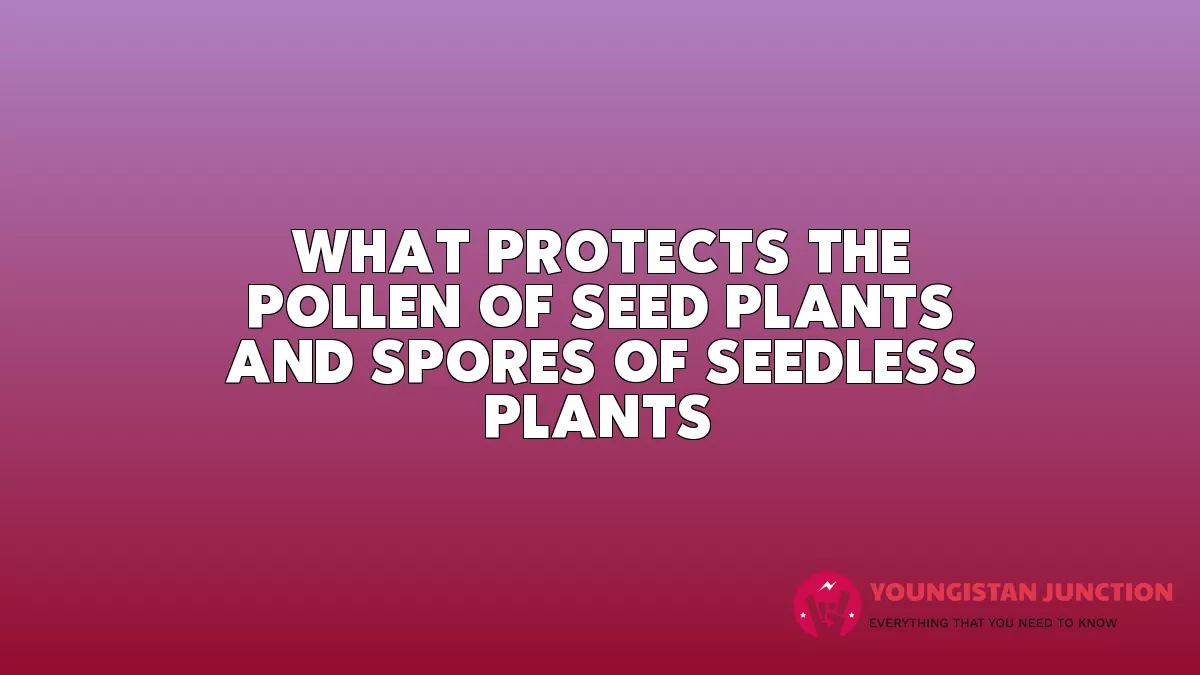What protects the pollen of seed plants and spores of seedless plants?
- Correct Answer: chlorophyll
- cystosol
- cocklebur
- sporopollenin
Explanation: The spores of seedless plants and the pollen of seed plants are surrounded by thick cell walls containing a tough polymer known as sporopollenin. This substance is characterized by long chains of organic molecules related to fatty acids and carotenoids, and gives most pollen its yellow color. Sporopollenin is unusually resistant to chemical and biological degradation. Its toughness explains the existence of well-preserved fossils of pollen. Sporopollenin was once thought to be an innovation of land plants; however, the green algae Coleochaetes is now known to form spores that contain sporopollenin. Protection of the embryo is a major requirement for land plants. The vulnerable embryo must be sheltered from desiccation and other environmental hazards. In both seedless and seed plants, the female gametophyte provides nutrition, and in seed plants, the embryo is also protected as it develops into the new generation of sporophyte.
More Random Questions
Ans: Gurutva
Ans: Manipur
Ans: Shivashankar
Ans: Himachal Pradesh
Ans: electrolytes
Ans: Pat Cummins and Nat Sciver Brunt
Ans: Panchtantra, Ramcharitmanas, and Sahridyalok-Lokan
Ans: Kazakhstan, Azerbaijan, and Uzbekistan
Ans: Telangana
Ans: Amazon
Ans: gravity years
Ans: 40%
Ans: West Indies
Ans: sediments
Ans: Raktapitta




